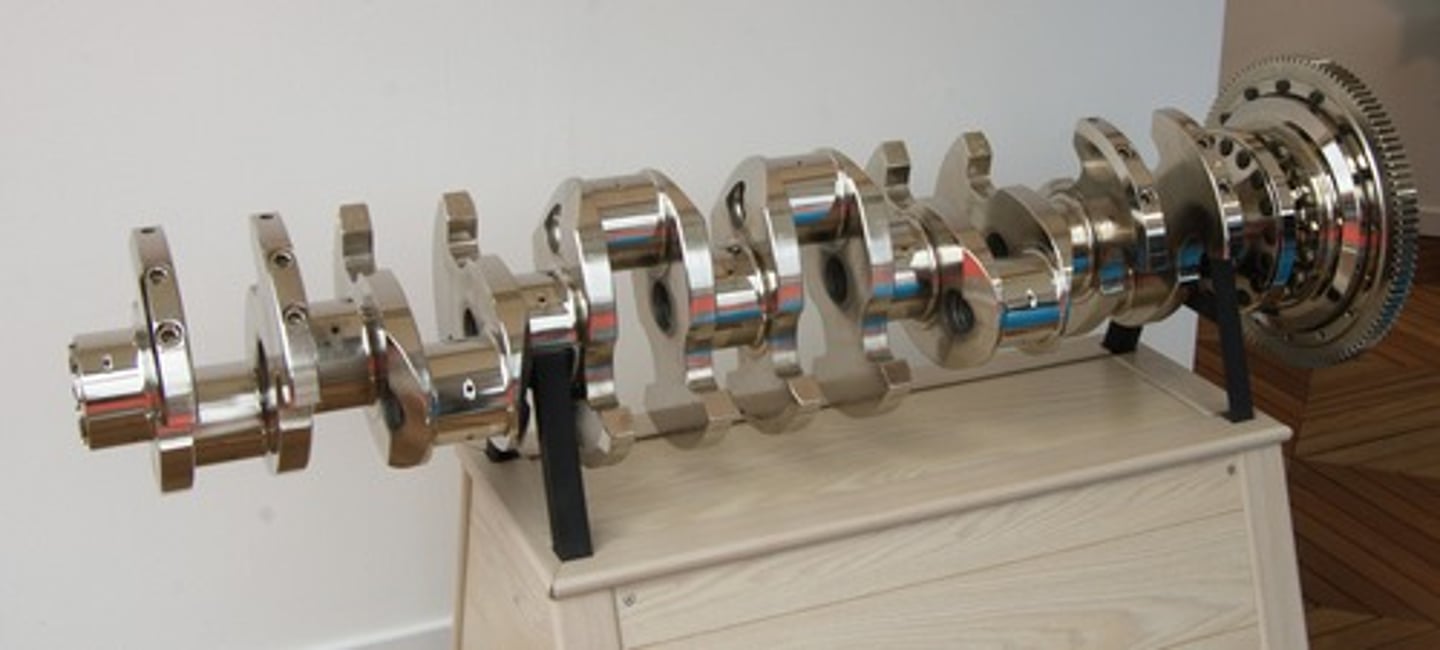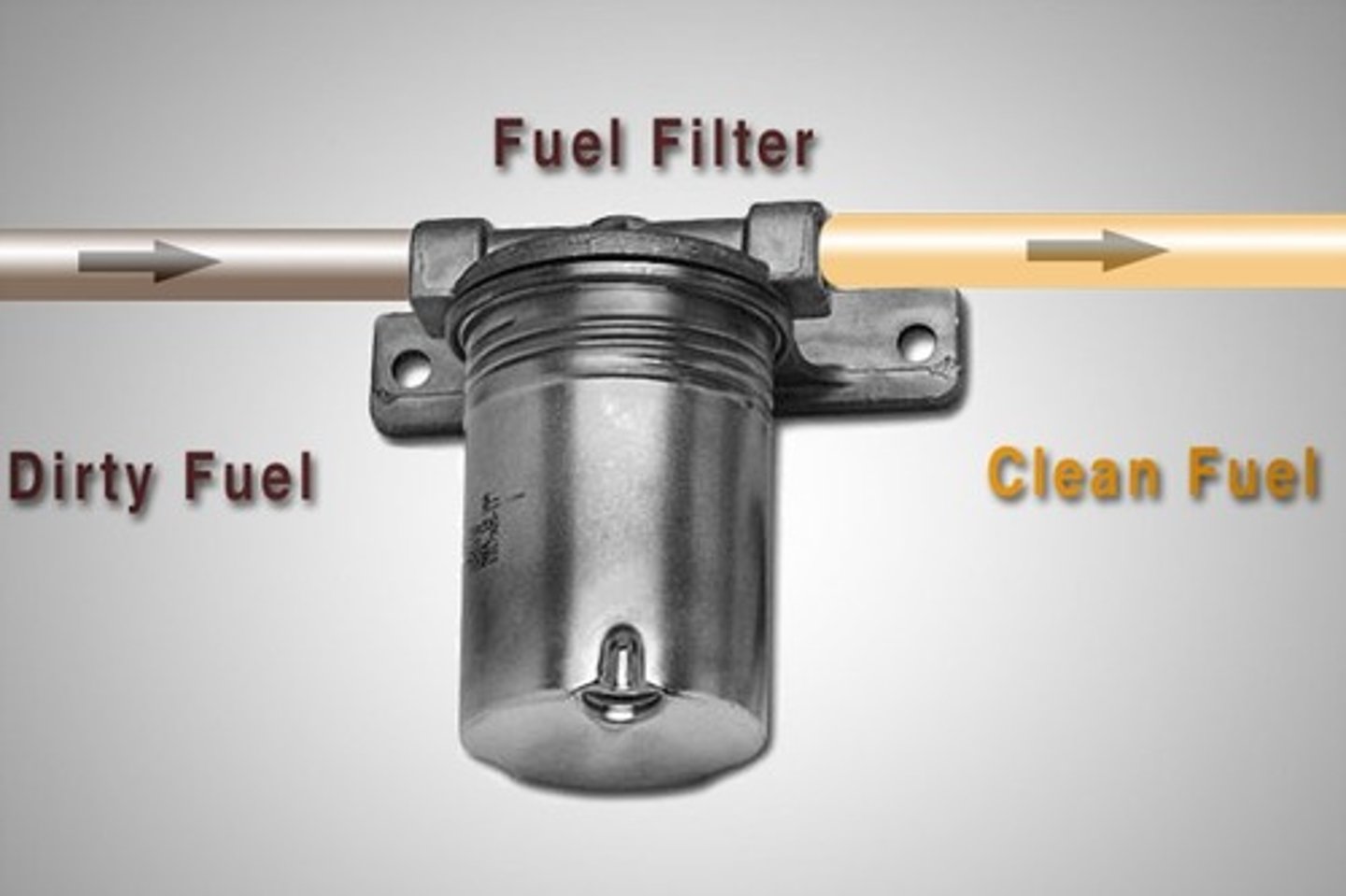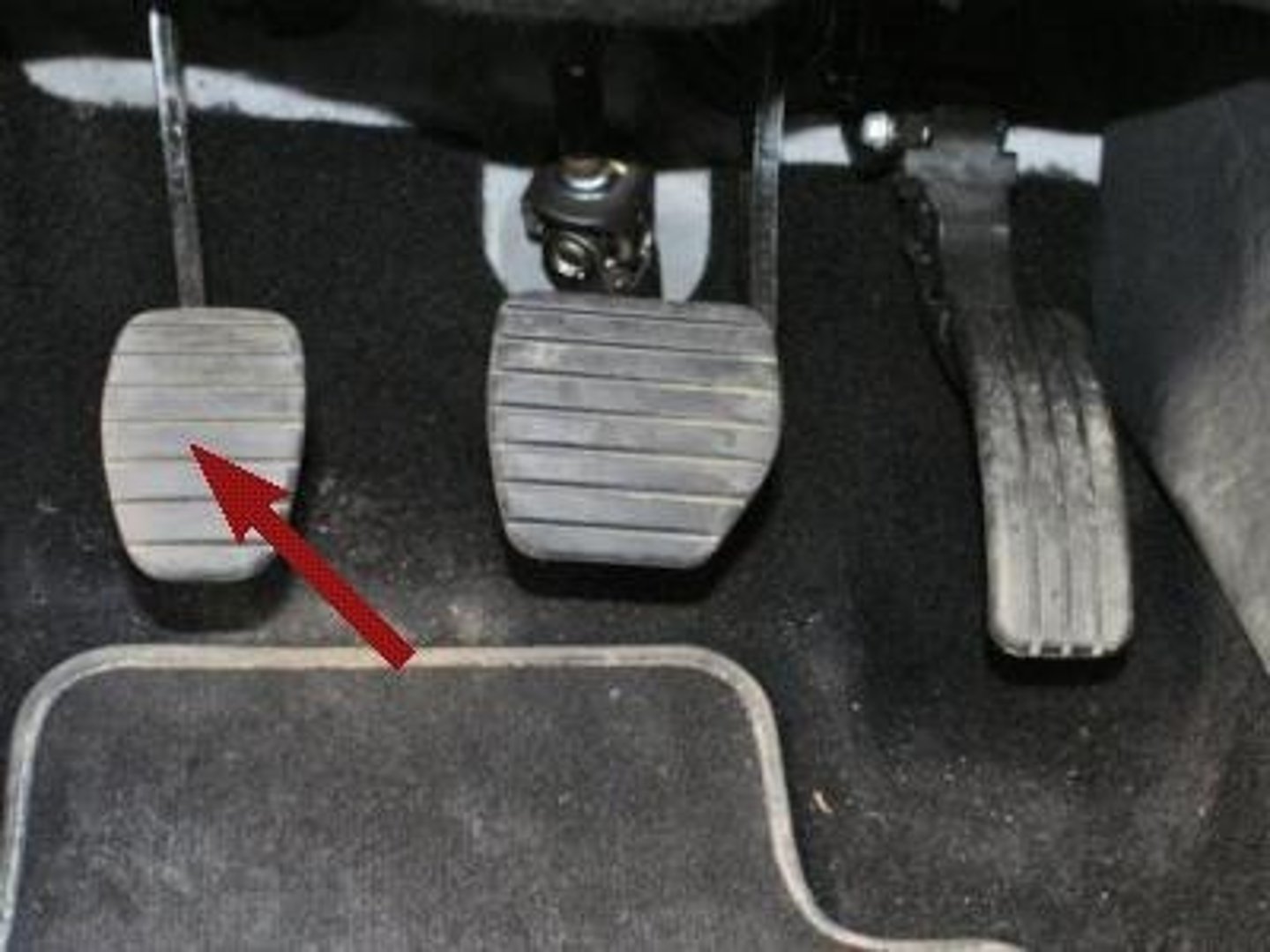Car Parts and Functions
1/29
There's no tags or description
Looks like no tags are added yet.
Name | Mastery | Learn | Test | Matching | Spaced |
|---|
No study sessions yet.
30 Terms
Frame
to support the body, engine, and other components
wheels and tires through the suspension system support the frame
engine
1. power from your battery activates the starter motor
2. starter motor turns the flywheel and crankshaft in the engine to gain momentum and speed
3. gas inside cylinders drives the pistons up and down through connecting rods and turns the crankshaft
- gas and air is compressed inside the cylinders --> spark plug
- oil is delivered to all the vehicle's moving parts to be lubricated
crankshaft
inside the engine, supplies power to the remainder of the power train
- connected by connecting rods to pistons inside cylinders

cylinder
contains a piston that travels up and down inside the cylinder bore
- contains gas
fuel
to store and supply fuel to the cylinder chamber where it can be mixed with air, vaporized, and burned to produce energy
- gasoline or diesel
- fuel pump draws out the fuel from the tank --> fuel filter --> carburetor or fuel injector --> cylinder chamber for combustion
gasoline
blend of carbon and hydrogen compounds
- additives to improve performance
- most important features: volatility (easily vaporized) and resistance to knock (octane) (aka temp at which the gas will burn)
diesel #1 (1-D)
flows more easily, more efficient at lower temps
diesel #2 (2-D)
specified for normal driving conditions
- less volatile than 1, greater fuel economy
- gets thicker and cloudier at lower temps - can refuse to flow at all in extreme conditions
- can be blended with diesel 1 by gas stations for local weather conditions
- used in warmer weather, can be mixed to create a competent winter fuel
fuel tank
stores the gas
- fuel filler pipe and fuel outlet line to the engine and a vent system
- must be vented
fuel lines
tubes that supply fuel in the fuel system
- made of steel, not copper or aluminum
- proper hose must be used
- route hoses away from the exhaust system
fuel pumps
-Provide necessary pressure to move fuel through the system plumbing
-Pumps mounted in fuel tanks:
1. mechanical fuel pumps - mounted on the engine, depend on an eccentric cam
2. electric - located anywhere on the vehicle, best next to the fuel tank, do not depend on an eccentric
-Can transfer fuel from tank to tank
- look identical so be careful when replacing a fuel pump
- rated by pressure and volume
fuel filters
remove dirt from fuel
- fuel injectors are more susceptible to damage from dirt, this causes the fuel pump to work too hard and burn up
- most cars use two filters
- inside gas tank and one in a line to the fuel injectors or carburetor
- usually only necessary to replace the filter in the line

power train
The parts of a motor vehicle that transmit power from the engine to the wheels; the engine, transmission, and clutch
transmission
where gears adjust the engine's RPM (revolutions per min) to control the torque (force) which is transmitted
clutch (automatic or manual)
disengages the transmission from the engine to allow changing gears

drive shaft
transmits forces from the transmission to the components at the rear of the vehicle
- allows back wheels to turn at different speeds to maintain traction and the axle delete which transmits the force from the differential to the rear wheels
front-wheel drive
power is transmitted from the engine through a combination of transmission-differential and then directly to the front wheels
four-wheel drive vehicle
power is transmitted from the transmission to the transfer case that transmits power to either the rear wheels only or to both the trear and front wheels
vehicle exhaust
after gas explodes, it is released into one or more exhaust manifolds and collects into one stream of gasses
- these then pass through exhaust pipes, through a tailpipe and are vented away
vehicle cooling system
coolant flows in passages throughout the engine that absorbs heat from friction and explosion of gas
- water and chemicals
- largely stored in radiator
- radiator cooled by air flowing through
- flow of coolant is controlled by heat sensing valve called a thermostat
Vehicle Electrical system
battery is the primary source of electrical power
- power is generated by the alternator which keeps your battery charged
- voltage regulator controls amt of electricity generated
- distributor and coil generate and deliver high voltage electricity needed by the engine
- electricity is distributed throughout the vehicle by various electrical circuits for lighting, operation of electrical motors, computers, radio, interior cooling, heating, vents
- fuses disable circuits that may draw too much current
suspension
connect wheels to the frame and body, keep movement of your wheels from being transmitted fully to the body --> maintain control of the car in turns and rough roads
- up and down movement of wheels is absorbed by springs (and shock absorbers prevent springs from continuously bouncing)
- different designs for suspension systems
brakes
to allow the driver to slow down or stop the vehicle upon pressing the brake pedal
- brake pads need to be maintained
- piston in master cylinder forces brake fluid through pistons to the wheel cylinders
service brakes
slow vehicle while you are driving
- type of independent braking system
parking brake (emergency brake)
slow your vehicle in an emergency,
main purpose is to hold your vehicle in one place while stopped or parked
- type of independent braking system
- uses a cable rather than a hydraulic system and will function even if your service brakes have failed
drum brakes
Brakes usually installed on the rear wheels.
Consists of a rotating drum with shoes that expand to rub the inside of a drum
disk brakes
slow your car by friction of a caliper pressing against a disc that rotates the wheel
- both drum and disk brakes convert friction force to heat and cannot work if the brakes get too hot
- stopping distance time is b roughly proportional to the square of your speed (if you double your speed you quadruple the distance to stop your car)
Locked brakes
occur when you are stopped and you apply your brakes
- brakes only work if there is friction between moving parts of your brakes
- if wheels are locked (ex: skid) then the drums or discs are not moving and there will be no friction (wheels stop turning)
- avoid locked brakes by manually and rapidly releasing and reapplying pressure to your brake pedal
antilock brake system
four-wheel system to prevent brakes from becoming locked by sensing if they are locked and then continuously releasing pressure
- enables driver to maintain steering control and to stop in the shortest possible distance
- feels the same as non-ABS during normal braking
- pulsation can be felt in the brake pedal during ABS, as well as a rise in brake pedal height and clicking sound
- loss of hydraulic fluid in the brake master cylinder will disable the anti-lock system
- 4wheel ABS is self-monitoring (3 second yellow indicator)
- when vehicle speed is below 12 mph, ABS turns off
- yellow indicator will illuminate if there are malfunctions
ABS operation
1. fluid is forced from the brake master cylinder ports to HCU inlet ports, pressure is transmitted through valves in the HCU then to the outlet ports of HCU to each wheel
- primary (rear) circuit feeds front brakes, secondary (front) circuit feeds rear
2. opens a solenoid valve for a circuit if it feels the wheel about to lock - closes it off from fluid
3. if the wheel is still decelerating, it opens the solenoid valve
4. returns solenoid valves to normal condition once affected wheel comes back up to speed